Manifesto
Seed. A seed that marks.
A bridge between memory and future,
an invitation to foresight
“Man must reconnect with other forces: he must look to the ground to re-establish relations with nature and other living beings, he must look up to reconcile with angels and spirits".
Joseph Beuys
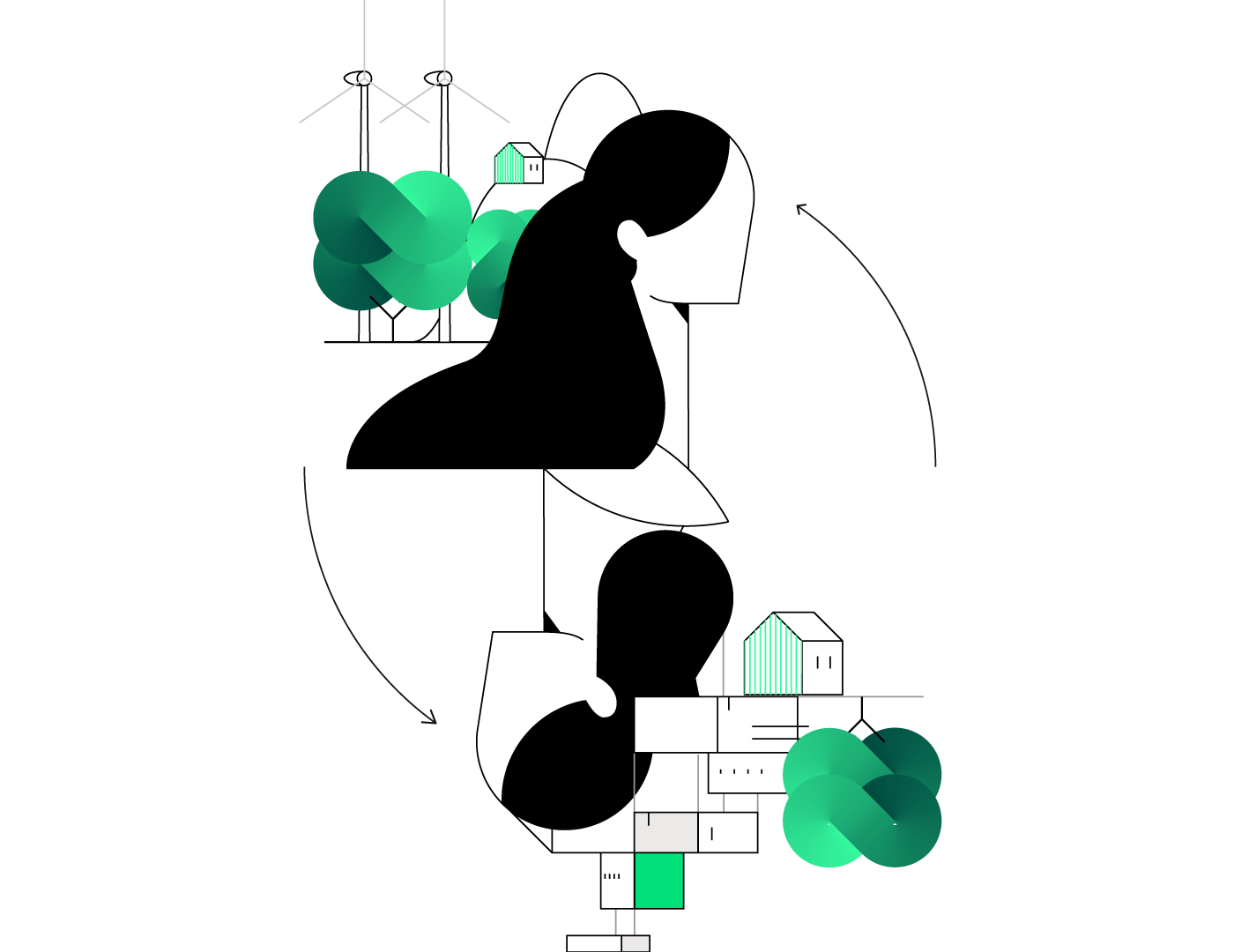
Changes.
Changing minds
The future of the planet is not at risk. But our future on the planet.
Among the characteristics of Man – the dominant species that appeared barely a handful of thousands of years ago on the face of the Earth – is his egocentric outlook, which opposes a lazily immutable self-consciousness with the rapid and profound transformation of everything perceived as environment.
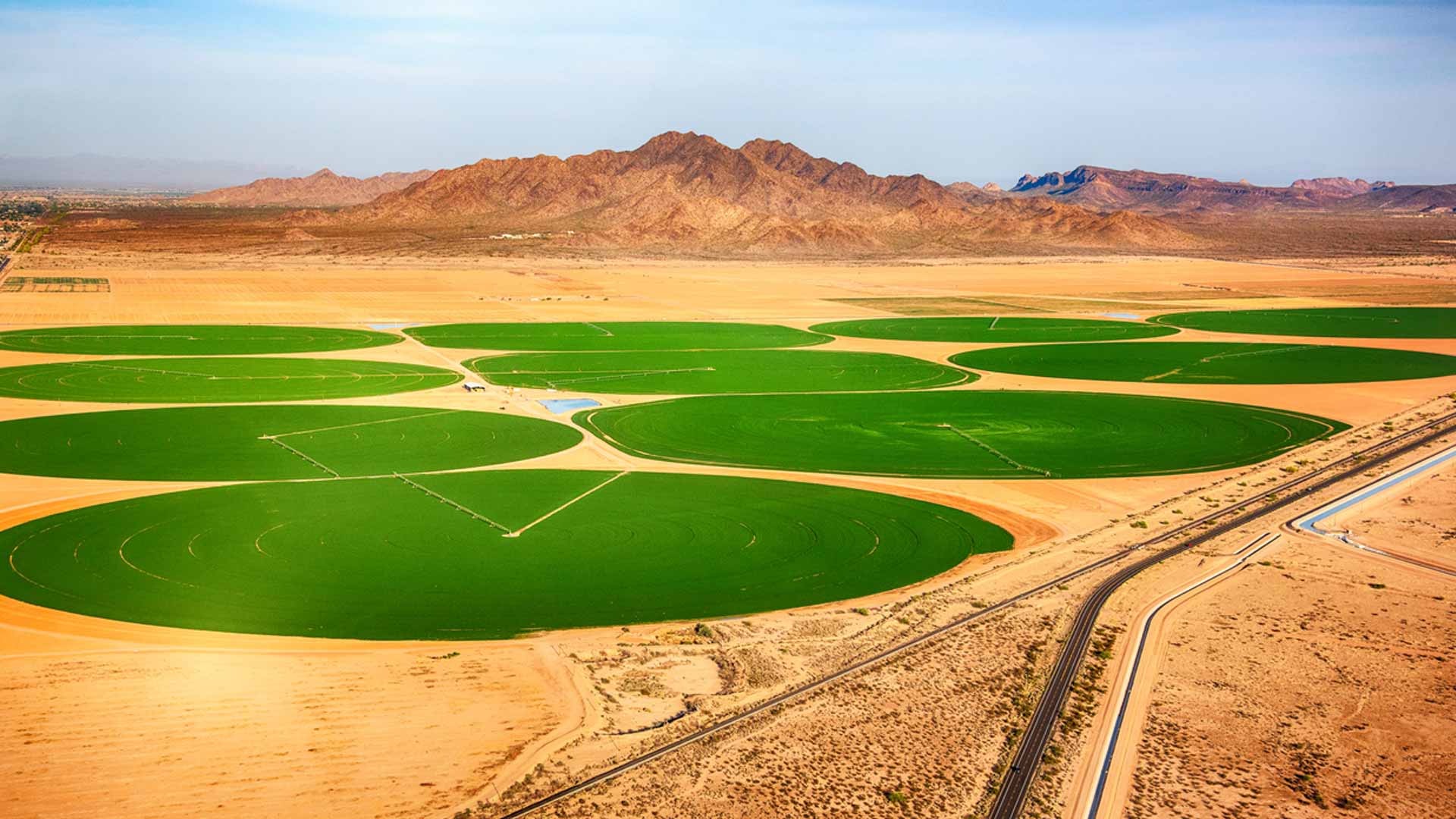
In the course of our evolution, we have responded to changing needs – for food, residence, mobility, social interaction – with technological breakthroughs that have allowed us to change our external environment, while preserving an unchanging idea of ourselves. Comfortably housed within the ever-growing confines of our comfort zone, we have shunned any urgency in addressing changes in the way we think, feel, act.
But today it seems clear that it is precisely the rapid change of mentality and behaviour, much more than the imposition of regulatory limits, that will be the only effective tool to tackle the environmental crisis and its effects. That they are not so much about the future of our planet, but about the survival of our species on the planet.
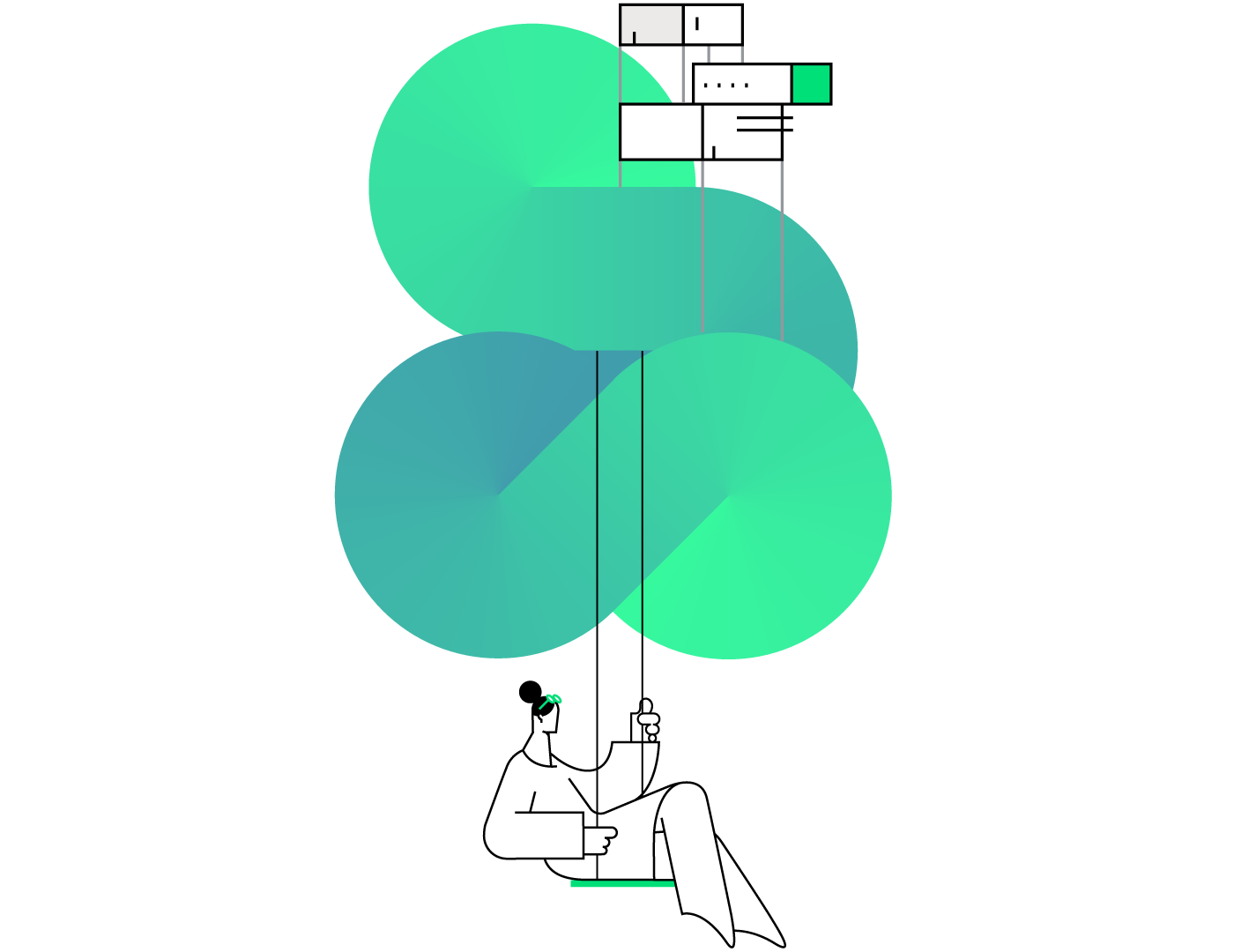
Environment and health.
Today they are synonymous.
The green of forests and plant biomasses increasingly merges with the shades of blue that unite the waters of the oceans, glaciers and atmospheric air. But the increasingly close link between the colours green and blue also reminds us of another inescapable fact: environment and health are so interconnected that they have now become synonymous.
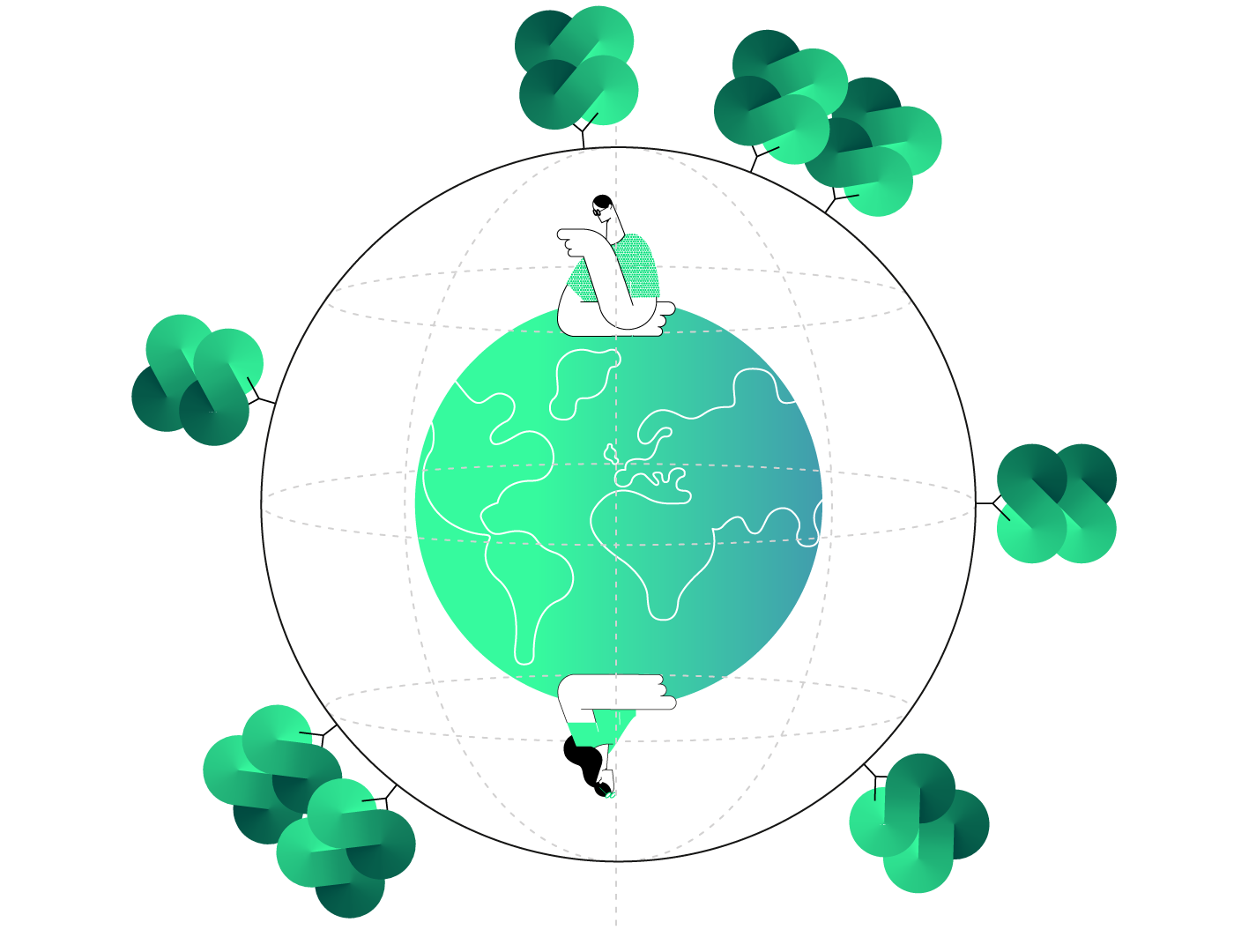
Nature.
With Man Inside
Undisputable data send out a clear alarm signal: the prospect of witnessing, already in the course of the current century, the transformation of a large part of the globe – where more than two billion people live today – into uninhabitable or in any case inhospitable territory, with all that this may entail in terms of access to food resources and new migratory flows or social tensions and conflicts, appears increasingly concrete. To counter this risk, a decisive change of course is required. We need to redefine our expectations, our idea of urbanised living, our established habits of travel, production and circulation of goods, the way we build, heat and cool, feed and care for ourselves.
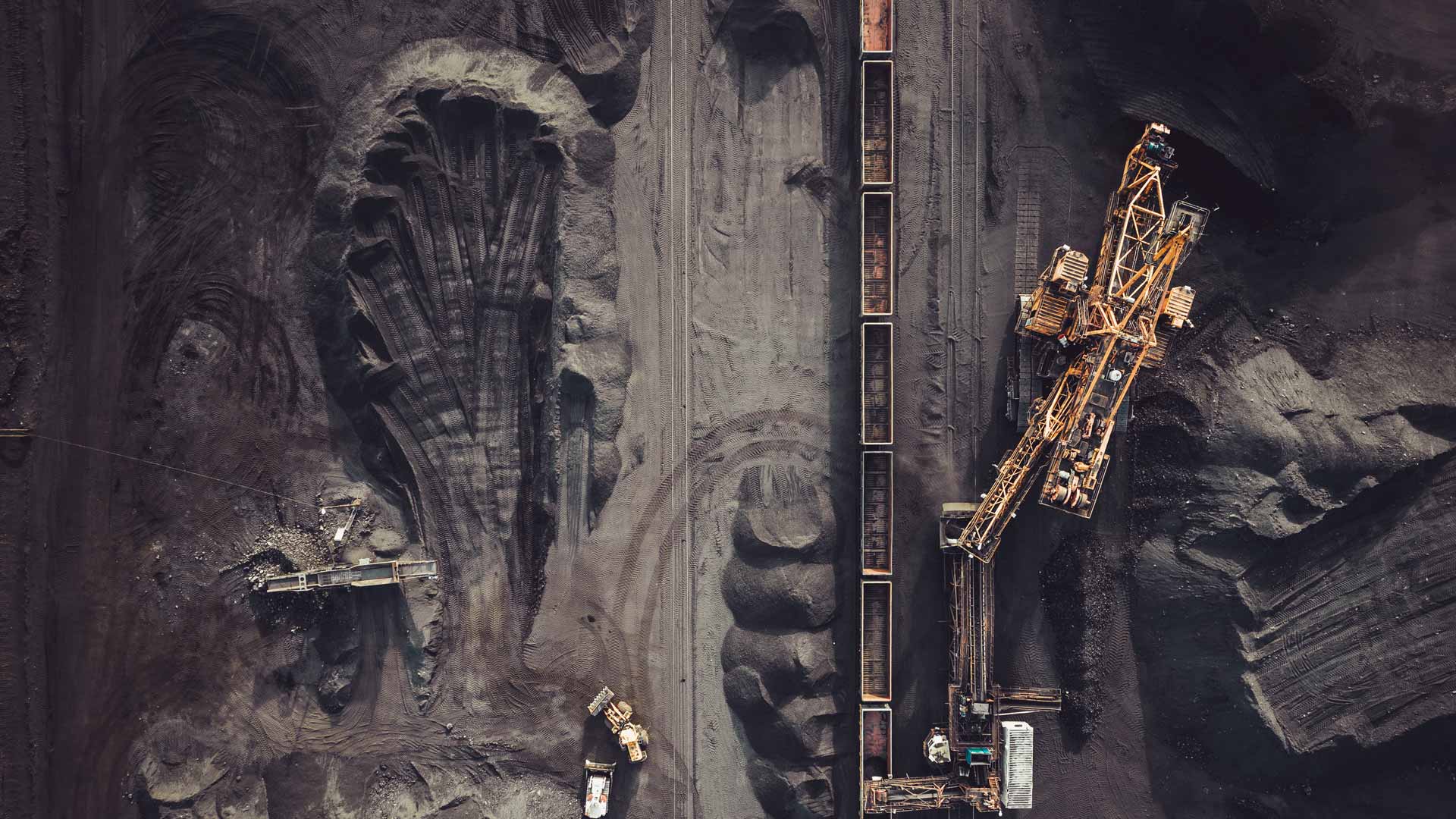
The role of plants and animals, or rather, other animals, must be repositioned in the immense organigram of living beings. And remember that it is not just a matter of reconnecting – through the ingenious twisting of a Mobius strip – the seemingly opposing faces of Man and Nature, following the invitation formulated half a century ago by a visionary artist like Joseph Beuys. It must be recognised and shouted out loud, with the uninhibited spontaneity of a child, that in reality the king is naked and always has been: there is simply Nature, with Man inside.
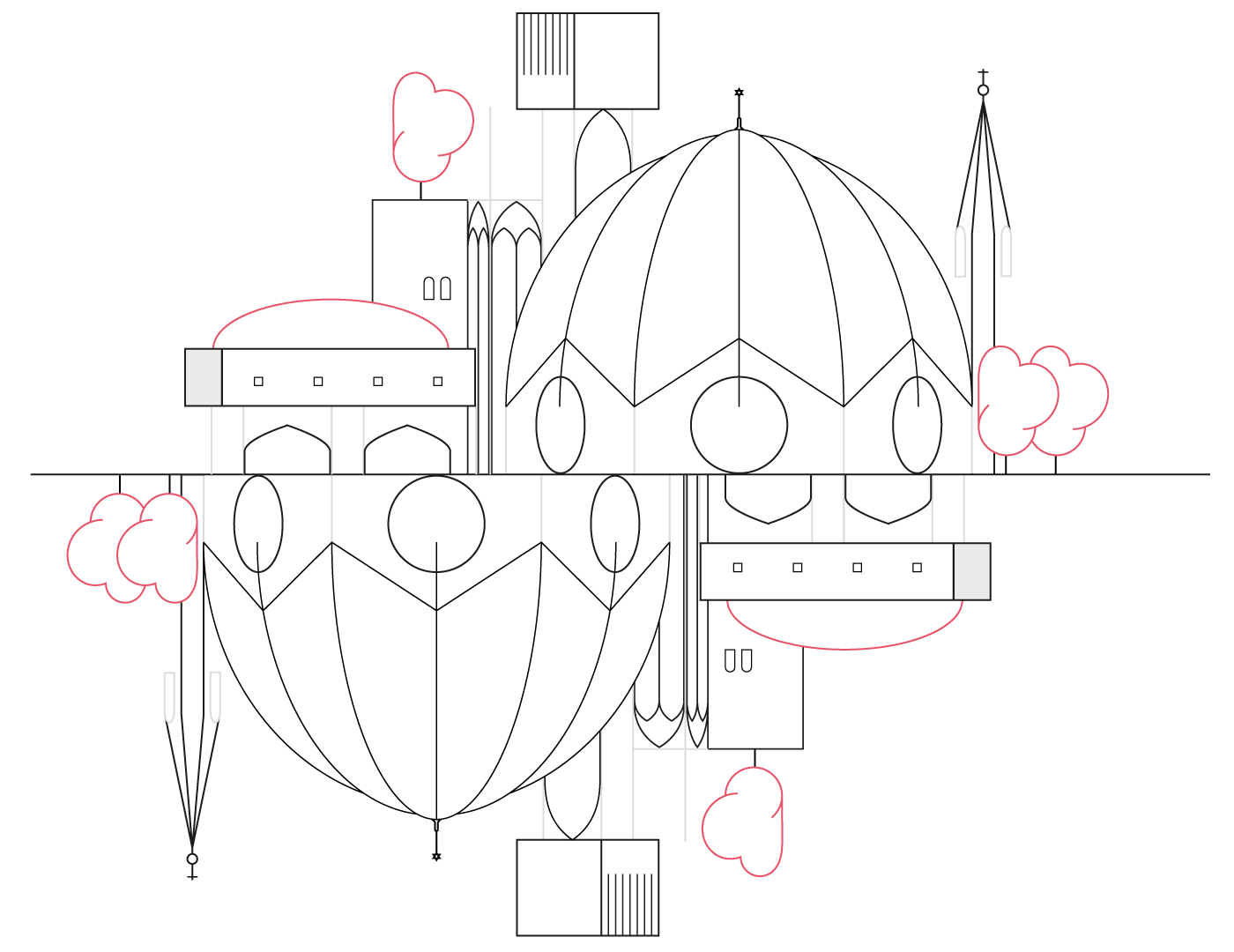
The dimension of the sacred.
Rediscovering the profound meaning of the architectural gesture.
Seed focuses on the theme of human sustainability, also concentrating public discussion on the spiritual dimension and architectures of the sacred.
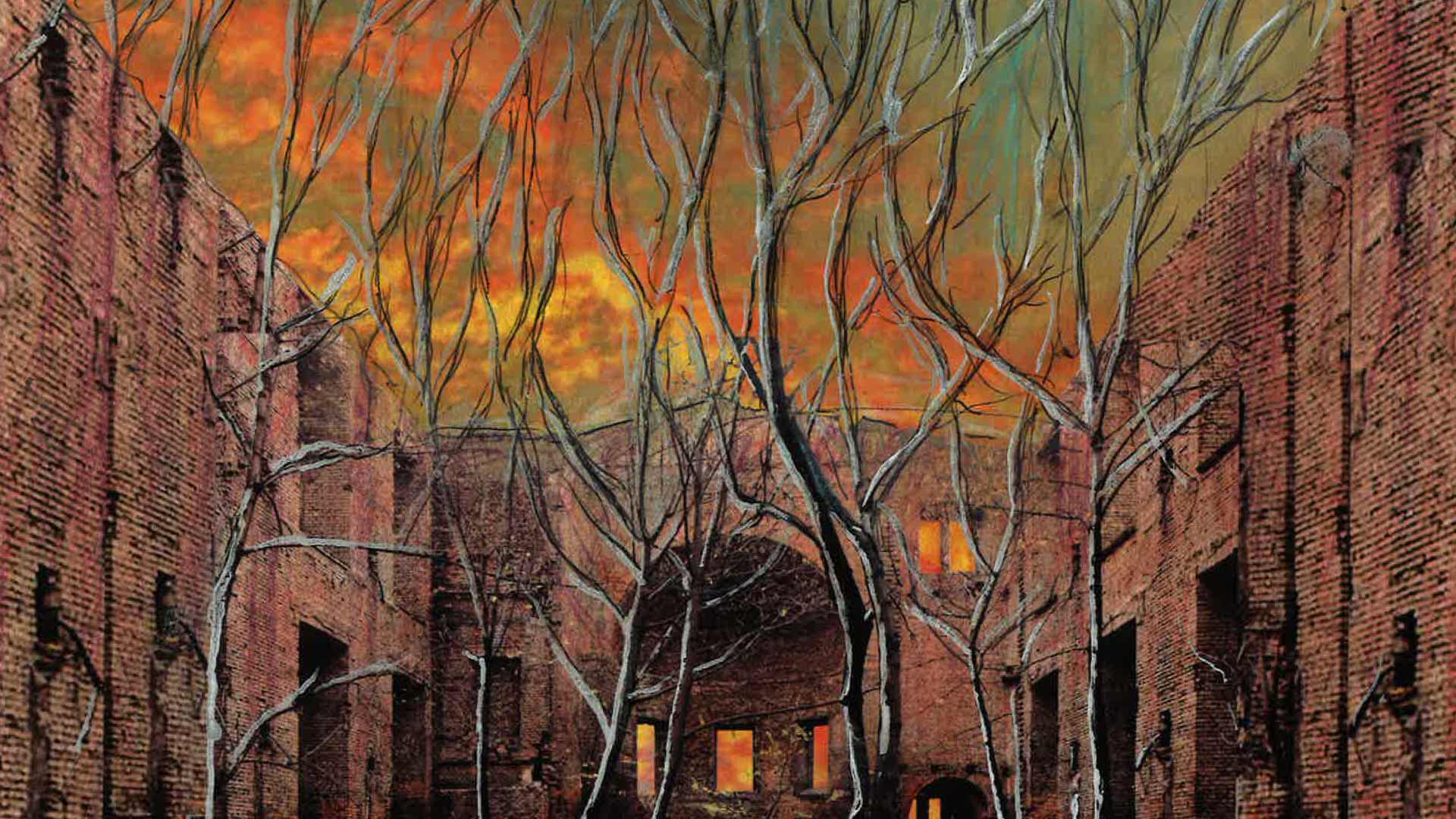
Reconciling with the angels to re-establish a relationship with the earth means recognising the sacredness of creation. In his continuous search for a God, man has built places where the sacred in its polyconfessional sense could dwell. The sacred is thus not only an action of projection, of recognition, but also of construction. Re-reading, Re-writing, Re-living sacred spaces, are all operations that in the present time can ‘admonish’, stimulate contemplation and bring men closer to each other and to the Eternal.